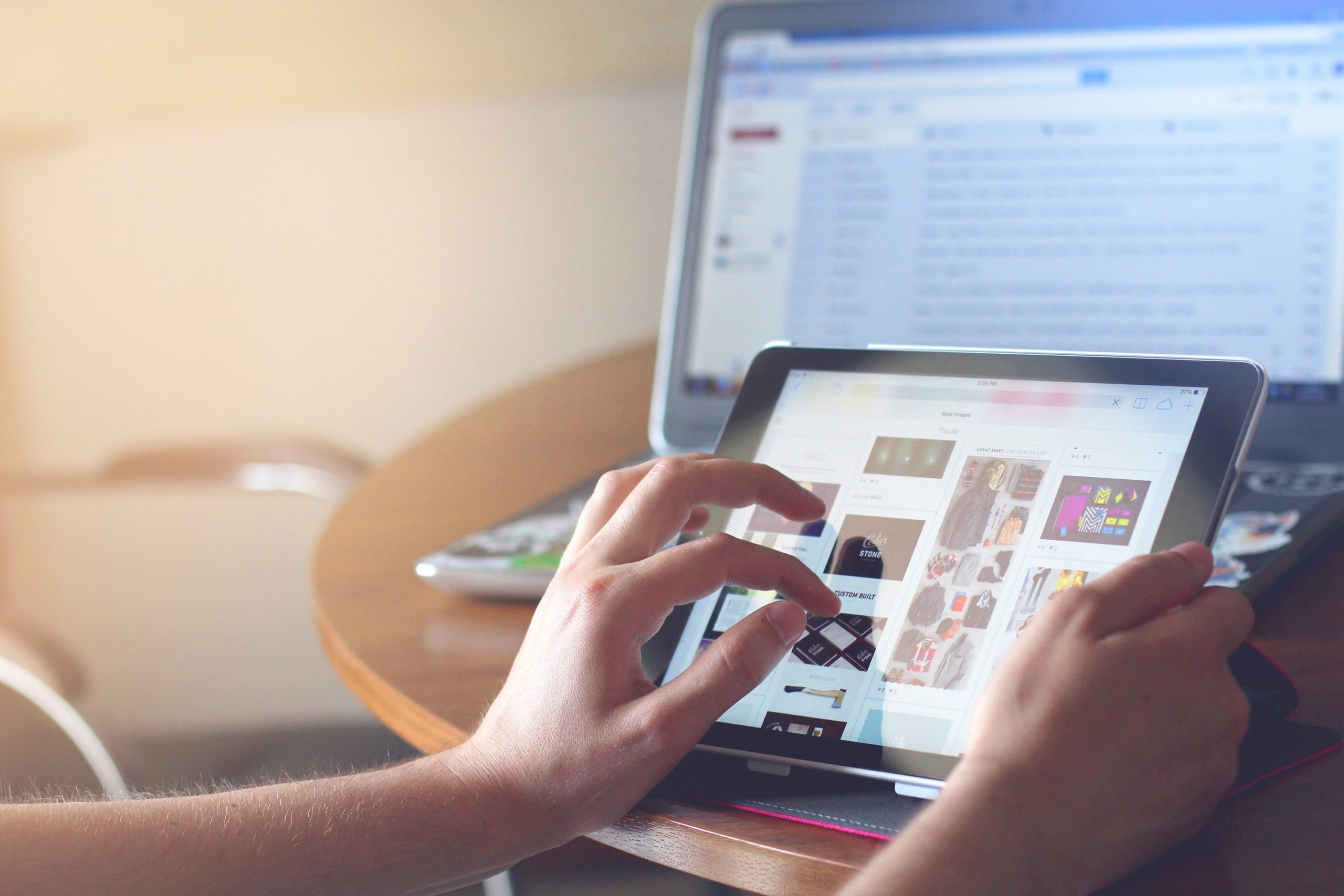Covid-19 and the impact of changing consumer behaviour for brands part 3
Following our previous blog ‘Covid-19 and the impact of changing consumer behaviour for brands part 2’, James Spencer, has dialled into the third instalment of webinars hosted by Kantar on the impact Covid-19 will have on brands. Here are James’ key take-outs.
What lies ahead and how should brands start planning for it?
Since our last blog, the Covid-19 situation has (unsurprisingly) changed.
Although the number of cases outside London are still increasing, cases in London appears to have peaked and we have begun trials of a potential vaccine.
With signs of restrictions being lifted in the not so distant future, it is important for brands to understand what awaits them on the other side, how consumer behaviour will change and how they can ready themselves as markets begin to recover.
Undoubtedly we will be living with Covid-19 for some time, and with the economic hangovers which come with it. Covid-19 is of course going to have a profound impact on the economy and by many metrics things are likely to get worse before they get better. This will undoubtably cause worry amongst consumers. Kantar’s research showed 69% of people are concerned about the impact of the economy and 57% of people agree coronavirus requires us to be even more proactive about financial planning.
Consumers appetite to get back to normal
Despite this, there is a general feeling that people want to go back to how things were before. This includes people’s desire to spend money.
As lockdowns were lifted in China, Hermès’ Guangzhou flagship store (the second largest store in China), took in 2.7 million dollars in one Saturday. This can only be described as a phenomenal day’s trading.
Although it is unlikely that this will be replicated across all sectors, it shows signs of an appetite for purchasing goods despite the current state of economy and people worrying about their finances.
To combat (or capitalise on) whatever awaits us on the other side, brands must act to ensure that the economy is reenergised as much as possible, and that they maintain their share of whatever re-emergence awaits us.
What can brands do now?
An obvious but essential point: brands should avoid selling things consumers do not need at this moment in time. Instead, brands should focus on staying close to consumers and continuing to engage with them by offering support and being by their side.
Kantar’s research communicated three main considerations for brands:
- Public Role / Responsibility: Consumers are looking to brands to give more and it is expected that those who do will reap the long-term benefits. A great example of this is EE, who are giving NHS workers free data. Consumers did not have to do a thing. EE just did it because it was the right thing to do.
- Online Content: Content relevant to helping people during Covid-19 will help increase traffic to site.Kantar’s research showed Lululemon (athletics and sportswear brand) had increased web traffic by 67% during the lockdown period compared to January and February. Their increase in traffic is linked to publishing content which offers advice on how to exercise during lockdown.
- Search: As more people begin to shop online than ever before, consumers are using search as the starting point of their journey. Optimised pages and content can result in better rankings. Search should be a key tool during this period, whether it be organic or paid.
What should brands do next?
Brands also need to think about the future and should begin planning for the aftermath as lockdown restrictions reduce.
Brands should re-engage consumers with their category and brand. They should encourage consumers to get back to normal as soon as possible by creating a sense of excitement and inspiration.
Success will be achieved by adapting products and services based on:
- Audience type: People are responding to this crisis in different ways. If brands can develop an understanding of how their potential consumers are responding, it will help them to understand how they should engage with consumers in the short term and long term.
- Changes to consumer behaviour: It is important for brands to understand which behavioural changes will stick and which will not. As barriers to entry have changed or become less relevant, people who were previously unwilling to change their habits are now embracing new technologies and appreciating their convenience. Meaningful changes will be lasting.
Not all changes will stick though.
Convenience and motivation will largely determine whether people’s behaviours stick or not. Experience is also key. For example, cutting hair is necessary (for some…) during lockdown. But although crazy haircuts can be fun, the outcome means that most people are likely to jump back in with their regular hairdresser.
Summary
Although this time of uncertainty presents many negatives, there is some optimism.
Brands need to make sure they are ready to jump on opportunities which present themselves.
To do this, brands need to interrogate what the long-term implications are for their category, stay close to what consumers want and develop an understanding of different audience types and what their behavioural changes mean to their sector.
If you would like to discuss how you can make the most of now and plan for the future, please get in contact with a member of the team!
